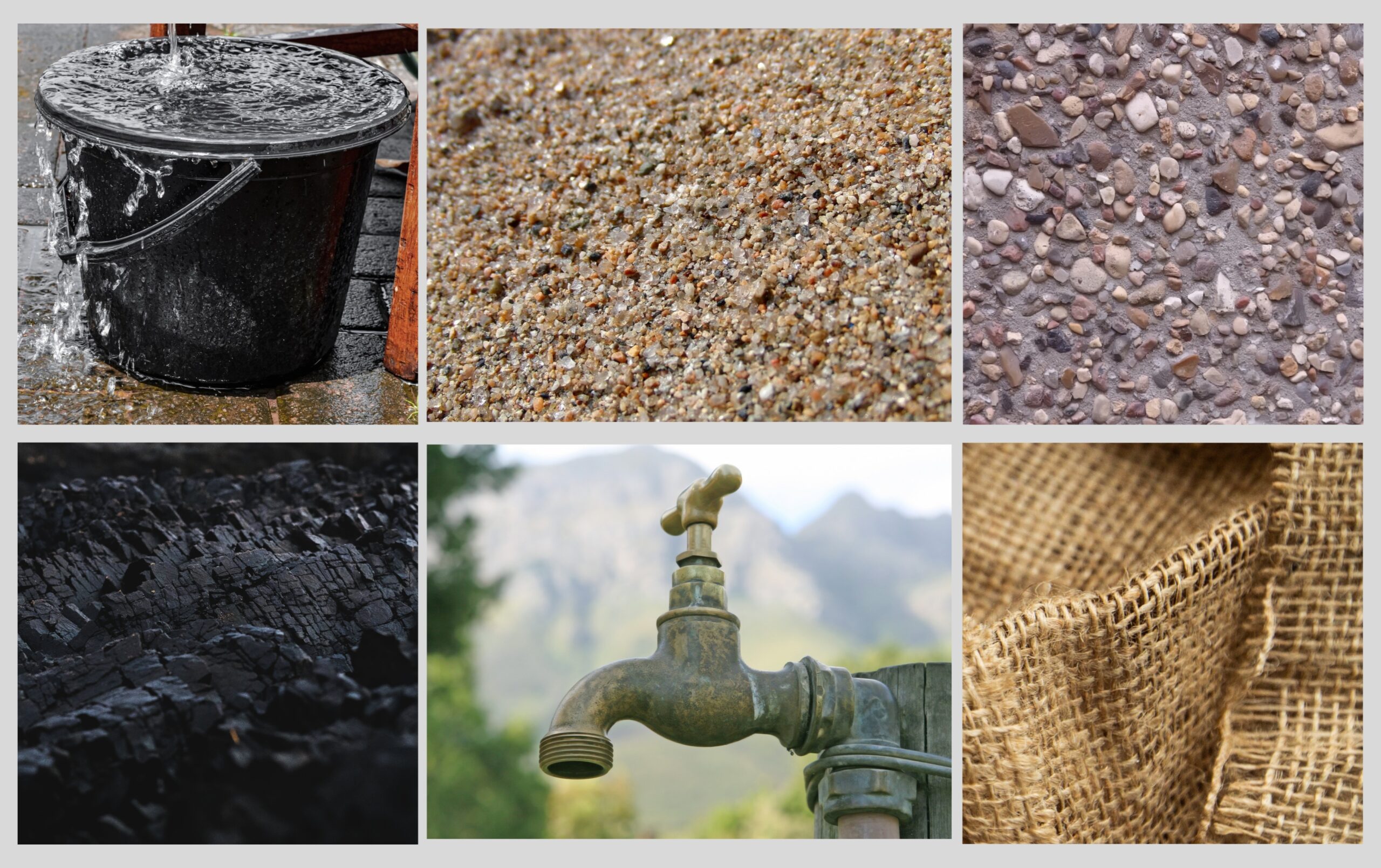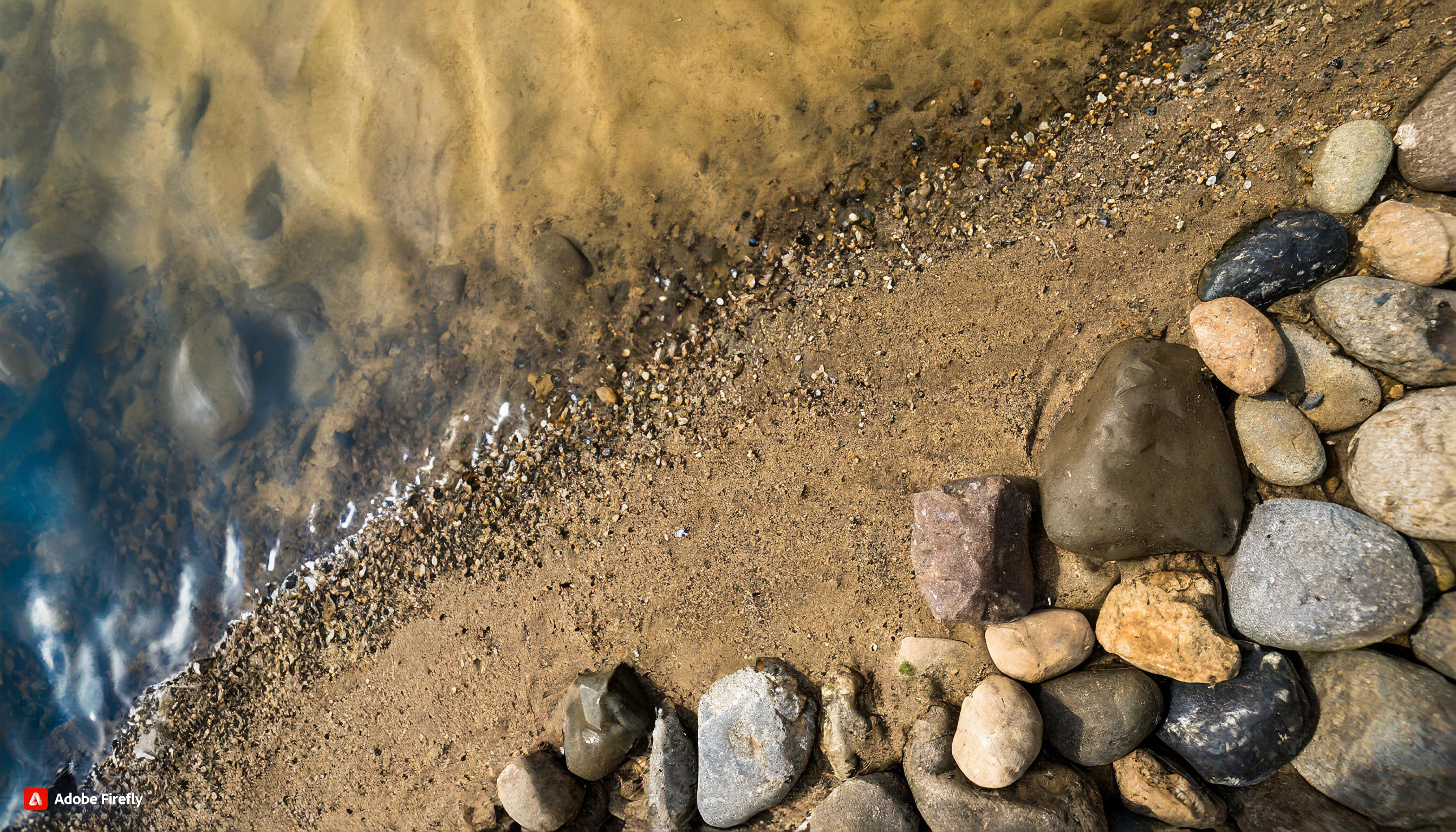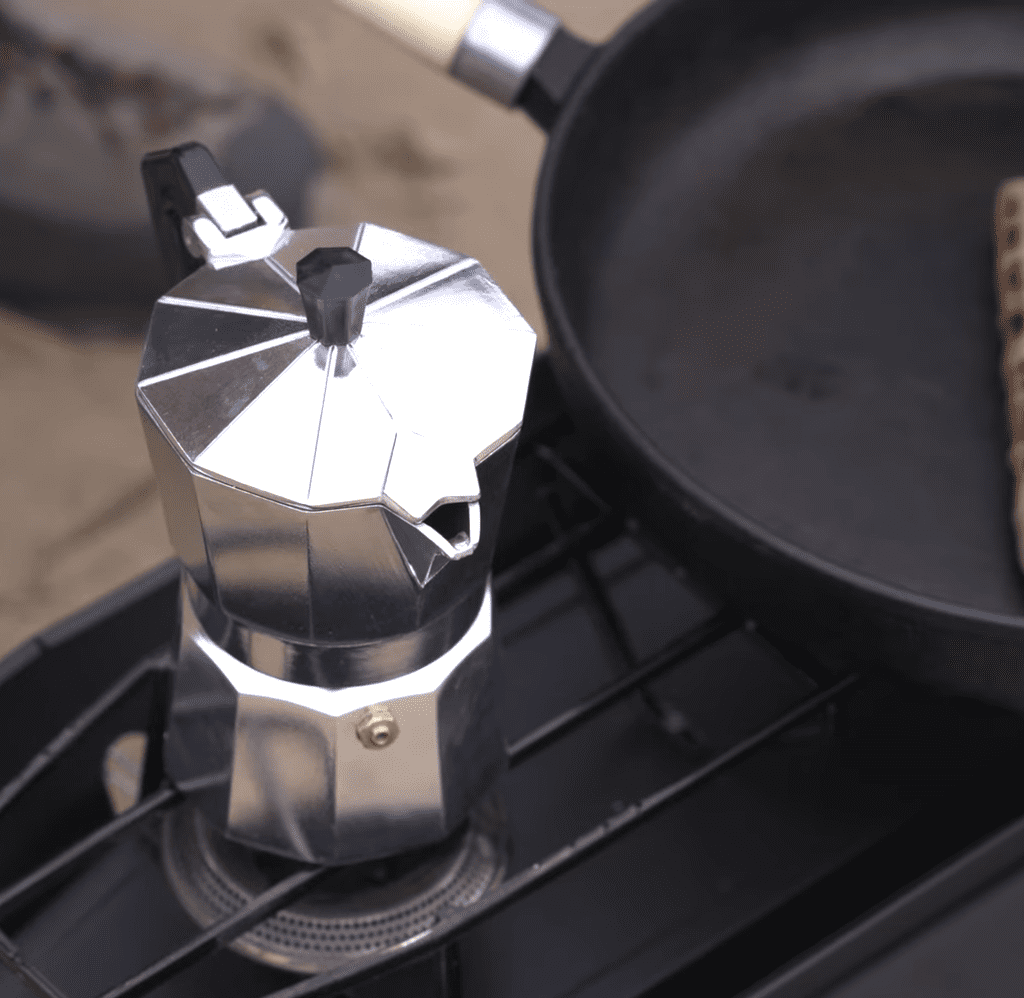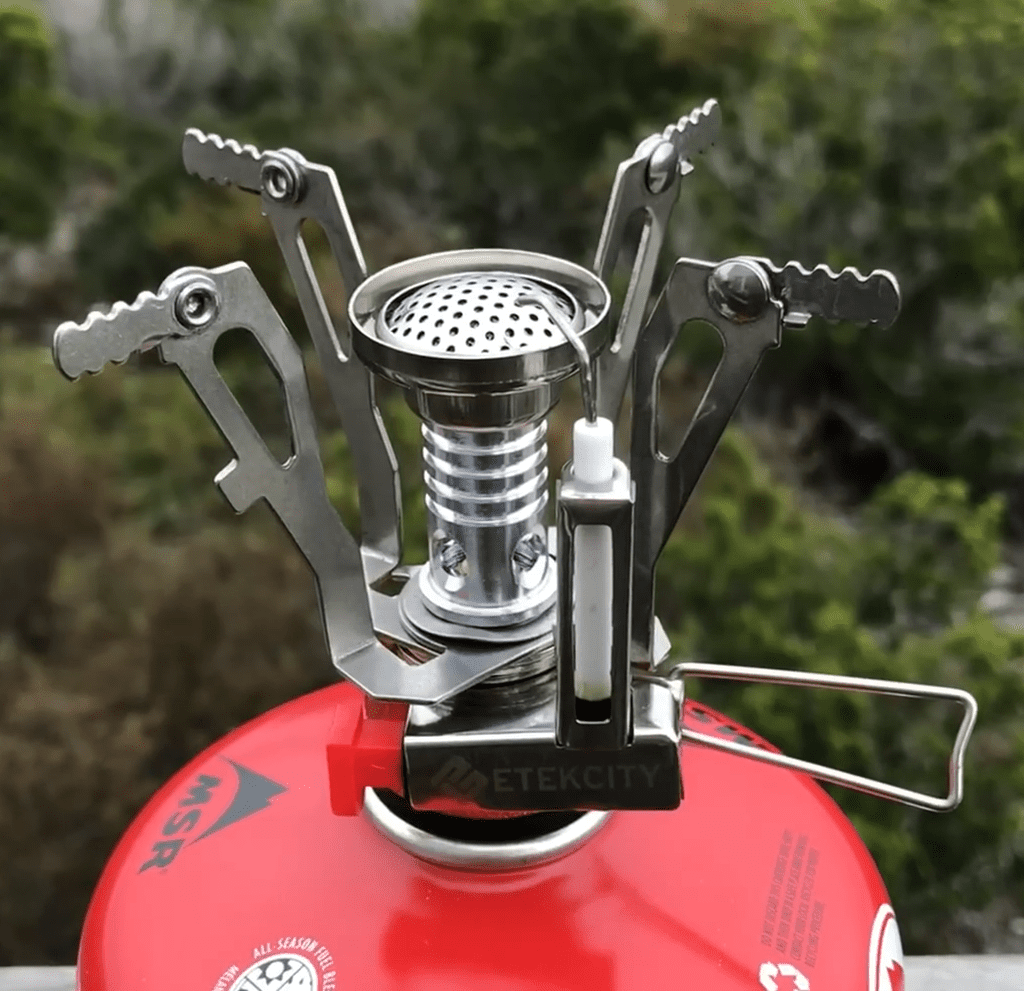How to Purify River Water Naturally
A water filtration system is an essential process that helps remove impurities and contaminants from water, making it safe for consumption and other uses. While there are various filtration systems available on the market, creating your own filtration system using stones and sand can be a cost-effective and efficient alternative. In this article, we will guide you to purify river water naturally through the process of building a simple yet effective filtration system using readily available materials.
Materials Needed
Before we begin, let’s gather all the necessary materials:
- A large plastic container or bucket
- Clean sand
- Gravel or small stones
- Activated charcoal (optional)
- A cloth or mesh filter
- A spigot or valve (for easy water collection)
Find a Suitable Location
Look for a spot near the river where you can set up your purification system. Ideally, the location should be close to your campsite and have easy access to the river. Make sure the area is free from any contaminants or pollutants.
Step-by-Step Guide
Now it’s time to create your filtration system using the stones and sand. Follow these steps:
Step 1: Prepare the Container
Start by selecting a large plastic container or bucket that will serve as the main body of your filtration system. Ensure that it is clean and free from any contaminants.
Step 2: Layer the Materials
Next, layer the materials in the container in the following order:
- Gravel or small stones: Create a layer of about 2-3 inches at the bottom of the container. This layer will help remove larger particles and debris from the water.
- Sand: Add a layer of clean sand on top of the gravel, with a thickness of about 4-6 inches. The sand will act as the primary filtration medium, removing finer particles and impurities.
- Activated charcoal (optional): If you want to enhance the filtration process, you can add a layer of activated charcoal on top of the sand. Activated charcoal helps remove odors, chemicals, and additional impurities.
Step 3: Secure the Filter
Place a cloth or mesh filter on top of the layers of stones, sand, and charcoal (if used). This filter will prevent the filtration materials from mixing with the filtered water.
Step 4: Install the Spigot or Valve
Drill a hole near the bottom of the container and install a spigot or valve. This will allow you to easily collect the filtered water.
Step 5: Rinse the Filtration System
Before using the filtration system, rinse it thoroughly with clean water to remove any dust or debris that may be present in the materials.
Step 6: Test the Filtration System
Pour water into the top of the container and observe as it filters through the layers. Collect the filtered water using the spigot or valve and examine its clarity and taste. If necessary, you can repeat the filtration process to achieve the desired level of purity.
Additional Tips
Here are some additional tips to keep in mind while purifying river water naturally:
- Always use clean stones and sand to ensure effective filtration.
- Boiling the water after filtration can provide an extra layer of safety by killing any remaining bacteria or microorganisms.
- Consider using a cloth or bandana to pre-filter the water and remove larger debris before pouring it into the filtration system.
- Regularly clean and maintain your filtration system to ensure optimal performance.
- Do not rely solely on this method if you suspect the water is contaminated with chemicals or toxins. In such cases, it’s best to find an alternative water source.
Conclusion
By following these simple steps, you can create a basic yet effective filtration system using stones and sand. This DIY approach allows you to have control over the quality of water you consume or use, especially in situations where access to clean water may be limited. Remember to regularly clean and maintain your filtration system to ensure its optimal performance. Stay hydrated and enjoy the benefits of clean, filtered water!






